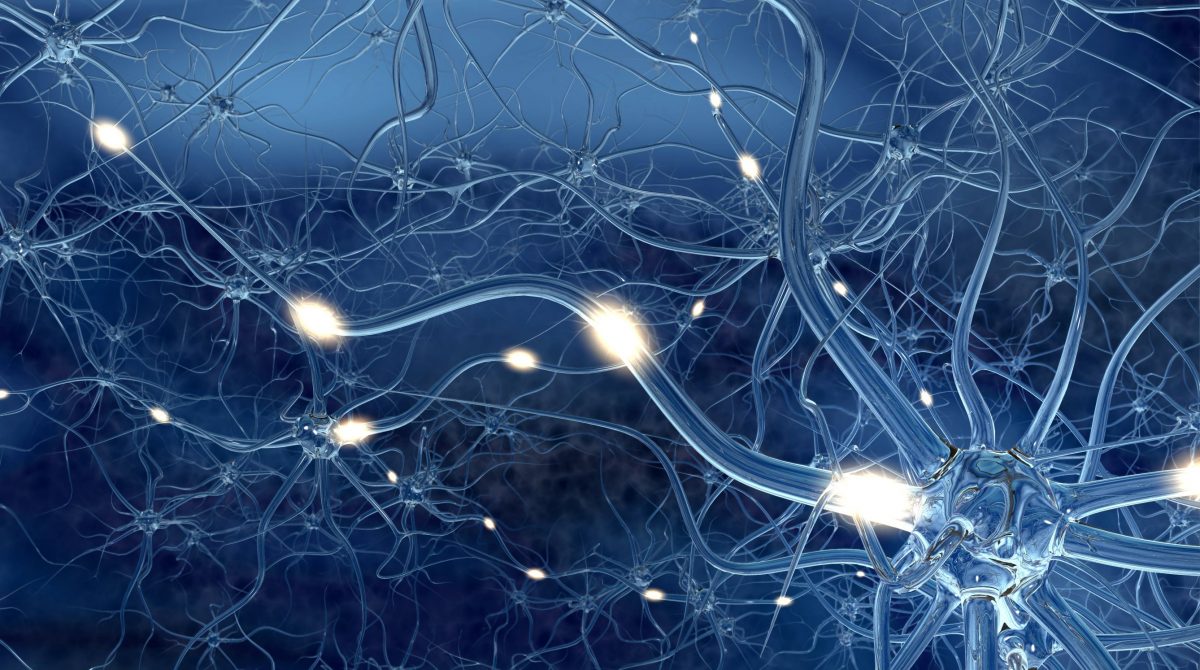The history of ASD is a complex and multifaceted topic that reflects the changing understanding and awareness of this neurodevelopmental disorder. ASD is characterized by challenges with social interaction and communication, as well as repetitive behaviors and interests. It is a spectrum disorder, meaning that the severity of symptoms can vary significantly among individuals. This article will explore the history of ASD, including the early descriptions of behaviors resembling ASD, the introduction of the term “autism,” and the current understanding of ASD.
The early history of ASD: pre-1943
One of the earliest accounts of behaviors resembling ASD is described by physician John Langdon Down in the early 1800s. Down was the superintendent of the Earlswood Asylum for Idiots in the UK, and he told a condition he called “mongolism,” which is now known as Down syndrome. In his descriptions, he also noted a group of individuals whom he referred to as “idiots savants” who had intellectual disabilities but also exhibited exceptional abilities in specific areas such as music or mathematics. These individuals may have had ASD.
In the early 1900s, psychiatrist Eugen Bleuler introduced the term “autism” to describe individuals who seemed to be “cut off” from the social world. He was describing schizophrenia, but the word “autism” was later used to describe the social withdrawal in individuals with ASD.
In the 1930s, psychiatrist Hans Asperger described a condition he called “autistic psychopathy” in a group of children with average intelligence and language development but difficulty with social interactions and a lack of empathy. This condition is now known as Asperger syndrome, which is considered a high-functioning form of ASD.
The introduction of the term “autism”: 1943-1980s
Leo Kanner, a psychiatrist at Johns Hopkins University, is credited with introducing the term “autism” as a specific diagnosis in 1943. He described a group of children who had difficulty with social interactions and communication, as well as repetitive behaviors and interests. These children had average intelligence and language development but seemed in their world and had difficulty connecting with others. Kanner called this condition “early infantile autism.”
The cause of ASD was not well understood, and theories included parental coldness and a lack of maternal bonding. These theories were later discredited, and it is now known that ASD has a complex etiology with genetic and environmental factors contributing to its development.
In the 1950s and 1960s, the predominant theory about the cause of ASD was the “refrigerator mother” theory, which posited that the emotional coldness of the mother was responsible for causing ASD in her child. This theory was later debunked and is now considered harmful and stigmatizing to individuals with ASD and their families.
Treatment approaches in the 1950s and 1960s focused on behavioral interventions, such as applied behavior analysis (ABA). ABA is a treatment approach that involves reinforcing desired behaviors and extinguishing undesirable behaviors, and it is still widely used today as an evidence-based treatment for ASD.
The 1980s and beyond: increasing awareness and understanding of ASD
In the 1980s, there was an increased awareness and understanding of ASD. The third edition of the Diagnostic and Statistical Manual of Mental Disorders (DSM-III) included a specific diagnosis of ASD for the first time. This marked a shift away from viewing ASD as a form of schizophrenia or as a result of poor parenting.
In the 1990s, genetic research on ASD began to uncover the complex genetic underpinnings of the disorder. It is now known that ASD has a vital genetic component, with multiple genes contributing to the development of ASD. Environmental factors may also play a role, and a combination of genetic and environmental factors likely contributes to the development of ASD.
In the 2000s, there was a significant increase in the prevalence of ASD. In 2000, the majority of ASD was estimated to be 1 in 150 individuals. By 2010, the majority had increased to 1 in 68 individuals, which is currently estimated to be 1 in 54. It is not clear whether this increase is due to an actual increase in the number of individuals with ASD or if it is due to improved awareness and diagnosis.
The current diagnostic criteria for ASD are outlined in the DSM-5, published in 2013. The DSM-5 includes a single category for ASD, with specifiers describing symptoms’ severity and associated features. The DSM-5 also consists of the diagnoses of Asperger syndrome and pervasive developmental disorder not otherwise specified (PDD-NOS), which were previously separate diagnoses. These diagnoses are now considered to be part of the ASD spectrum.
Summary
ASD is a complex and multifaceted disorder, and the history of ASD reflects the changing understanding and awareness of the disorder. While the term “autism” was first introduced in the 1940s, behaviors resembling ASD have been described for centuries. Our understanding of ASD has evolved, and it is now known to have a complex etiology with genetic and environmental factors contributing to its development. Today, ASD is diagnosed using the DSM-5 and is treated with a combination of evidence-based interventions, including behavioral interventions, medication, and support services.
Reference
Sole-Smith, Virginia. “A Timeline of the History of Autism Spectrum Disorder.” Parents, Parents, 23 Feb. 2014, https://www.parents.com/health/autism/the-history-of-autism/.
“History of Autism: When Was Autism First Diagnosed?” Otsimo, 5 July 2021, https://otsimo.com/en/history-of-autism-when-was-autism-first-diagnosed/.









